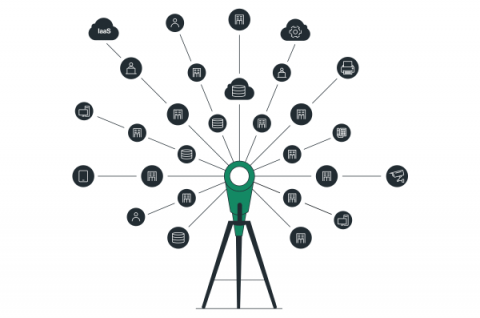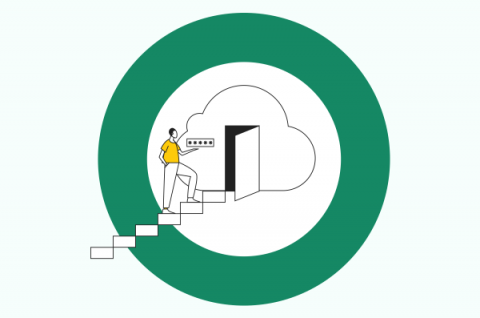ChatGPT and Cato: Get Fish, Not Tackles
ChatGPT is all the rage these days. Its ability to magically produce coherent and typically well-written, essay-length answers to (almost) any question is simply mind-blowing. Like any marketing department on the planet, we wanted to “latch onto the news.” How can we connect Cato and ChatGPT? Our head of demand generation, Merav Keren, made an interesting comparison between ChatGPT and Google Search.











